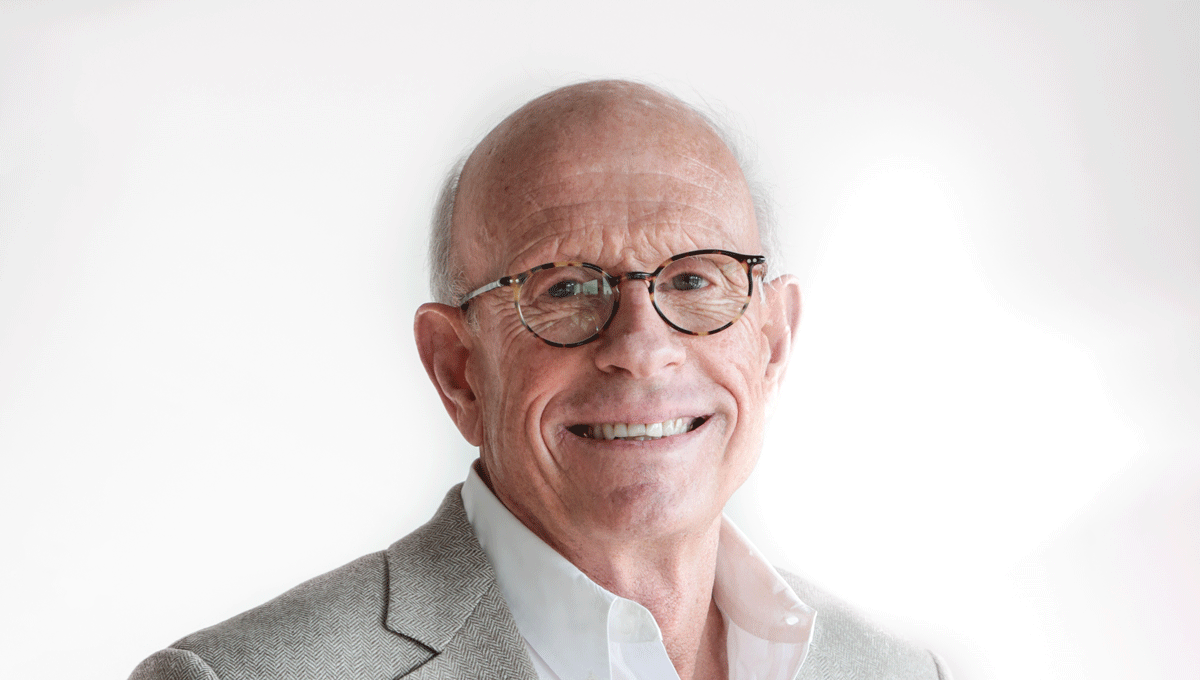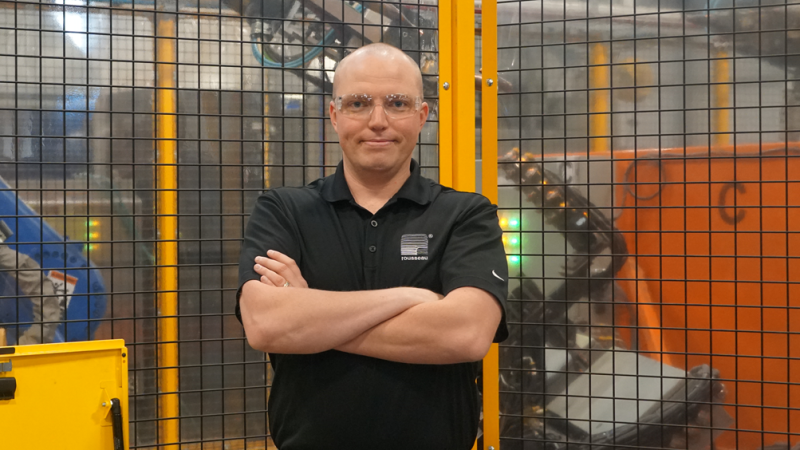If you want to put a satellite in orbit, the two biggest expenses are the rocket and its fuel. If money were no object, the best way to do it would be to launch the satellite into a very high orbit, and then let it slowly fall into an orbit some miles below that will support it. But money is an object, so a more economical alternative is to launch a satellite at a lower orbit, requiring a less sophisticated rocket and less fuel, which means that by the time it falls into the usable orbit, it is still moving too fast.
To stop that satellite from descending too quickly and burning up in the atmosphere, you need to slow it down, fast. One way to do that is to have an air brake. The air brake spreads out and catches the very upper edge of the planet’s atmosphere, creating just enough friction to slow the satellite down to the point where it remains in orbit.
In layman’s terms, it sounds a bit like a sail in reverse – catching the wind to slow a spaceship down, rather than to speed a boat up.
So perhaps it is not a huge surprise that the company that designs and engineers those air brakes is the leading sail design group and manufacturer, North Sails.
“We design speed brakes made of a very strong, high modulus composite wing-like device that comes out from the side of the satellite,” explains Tom Whidden, Chairman of North Sails. “It has to be wicked strong because it is going very fast.”
It is not the only high-tech application North Sails has turned its skills to. The company’s technology and knowledge have been brought to bear on the materials and design layout of the Boeing 787 fuselage. In addition, every space shuttle ever launched used soft storage designed and built by North Sails.
 Not Exactly Not Rocket Science
Not Exactly Not Rocket Science
While it is surprising to find a company founded to serve the sailboat racing sector in orbit, that becomes less surprising when you learn about the company’s founder, Lowell North. North worked in the aerospace sector but was also passionate about sailing. However, finding the sails on the market frustratingly inadequate for his needs, he set about applying his scientific knowledge to the maritime sector.
“He started making sails in his garage,” Whidden says. “He had an engineering mind, which meant he always wanted to know the reasoning behind anything he did. He delved into it with a scientific approach. He tested the materials he was using, tried to implement a design process where there was always a way to relate what he saw with his eyes to the numbers behind the design.”
It was a philosophy that would permeate the company North would go on to build, but it was a marked departure from the prevailing winds in the industry.
“Most sailmakers went by an artistic approach during that time period, based on what they were seeing by eye,” Whidden tells us. “North wanted to understand the sail numerically, and that is still today that is the mantra at North.”
But this would not be the last time North Sails would depart from the received wisdom in the sector.
Overturning 4,000 Years of Thought
25 years after North got to work designing a sail in his garage, he decided to retire from his company and spend his time doing more actual sailing. The company was bought by a man named Terry Kohler, and after getting to know him during the 1987 America’s Cup, Whidden decided to join him. When Whidden came into the company, it is safe to say his ambitions were not modest.
“I said, ‘I don’t want to build sails the way they have been built for 4,000 years,’” Whidden recalls. “I wanted to find a way to build the sail and the material at the same time.”
For those 4,000 years, sails were made by rolling out the cloth and cutting it into panels that formed into a triangular shape. Over the centuries the materials improved, and the methods of measuring and defining the shape of the triangle improved, but the basic process North was carrying out in his garage would have been recognisable to an Ancient Egyptian making a papyrus boat to sail the Nile. Whidden changed all of that.
“We found a process to build the sailcloth and sail together,” Whidden recalls. “Even better than that, we could do it with a mould to impart the shape of the sail into the design and build the shape it is actually going to fly in. We took the guesswork out of old-fashioned sailmaking.”
Making such a revolutionary change in the industry meant investing heavily in two key areas – technology, and people.
“We developed this idea of a moulded, one-piece sail, making the material and the sail together, and we developed a patented process for building sails on a mould,” Whidden says.
Today North Sails has a range of moulds in different shapes and sizes, featuring adjustable hydraulic rams controlled by sophisticated software. Using those moulds, North Sails can make sails from the most advanced materials, such as Carbon, Kevlar and Dyneema, to name a few. This process is led by the best engineers in the field.
“One of the advantages of being the industry leader is that the best people seem to gravitate towards us,” says Whidden. “We are a very decentralised company, having locations in virtually every sailing country in the world, but North is also a highly vertically integrated company, where we make our own materials, we do our own design and engineering, we write our own software. We build a lot of the equipment we manufacture our sails on. We help clients through our highly experienced and capable staff.”
 The Business of Sailing
The Business of Sailing
But while it is clear that Whidden is deeply knowledgeable about the science and theory of sailing, it is also a subject he is passionate about practising. The same is true for nearly all the staff at North Sails.
“The most fascinating part is the science and technology, but the second most fascinating part is the people you meet,” Whidden says. “I have sailed with some amazing people, business, and world leaders. I think the reason it attracts these people is that sailing as a sport is very much like a business. They go hand in hand. If you think about the top 20 things you need to win the America’s Cup, they are the same 20 things you need to develop a good business. You need a good plan, good people, the best technology. Winning depends on who has the best ideas and the best decision-making, team building and leadership. Being a sailor helped me be a good businessman.”
One of the big lessons Whidden has learned from sailing is the dangers of trying to go it alone.
One of the things that Whidden says has allowed North Sails to be successful is it has had two great owners during Whidden’s tenure- Terry Kohler and Peter Dubens, a British entrepreneur who owns Oakley Capital.
“Those two partners allowed us to take more risks and really change the game,” Whidden says. “Oakley has allowed us to expand way beyond what we were when they bought us ten years ago. I realised very early on it is best to do it in a team, but importantly, not to be the smartest person on the team. Have brilliant people around you and give them credit for what they contribute.” It all sounds very glamorous, combining space-age science and technology with world travel and meeting powerful and influential people. However, Whidden tells us his own son is not so easily impressed.
Whidden laughs, “He always says, ‘My dad did okay for a man with a full-time summer job!’”




